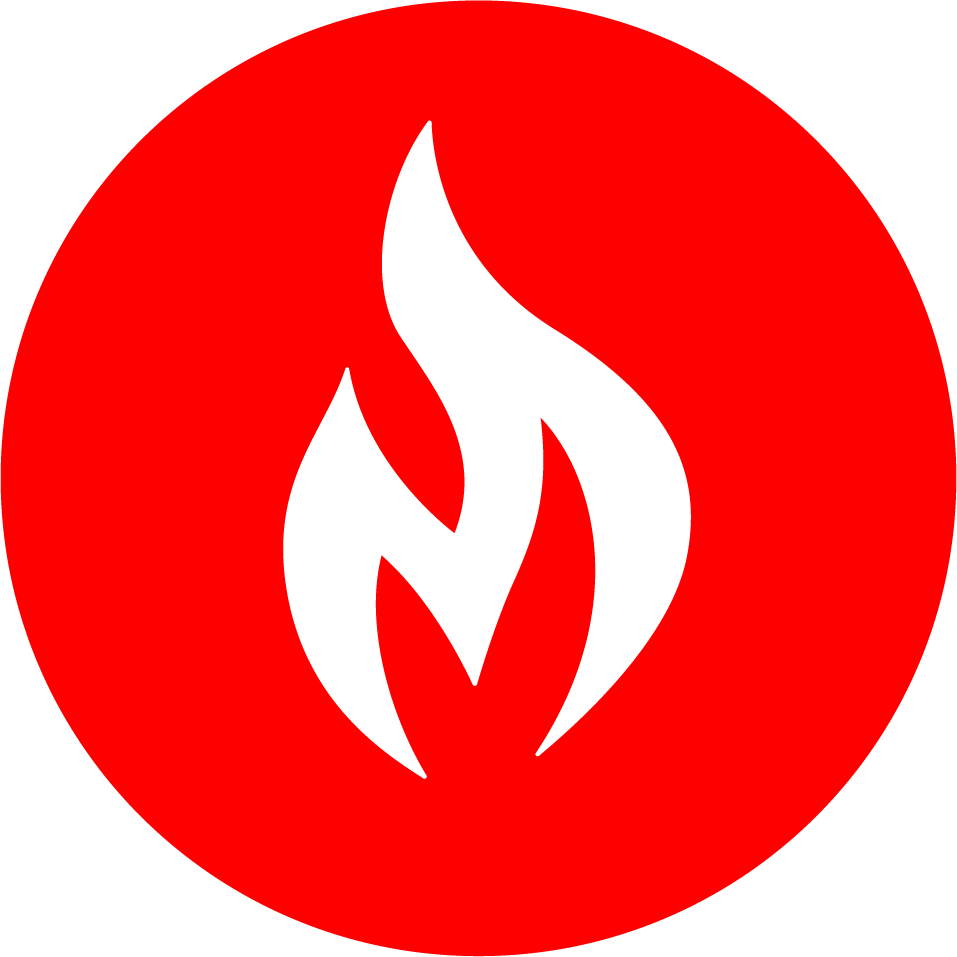 +
+

To integrate Lotus Domino with MetricFire, please sign up for a free 14 day trial. We want to fully understand your requirements and monitoring goals, so we can advise you on how to obtain better visibility into your infrastructure. Please book a demo with us so we can show you how quick and easy it is to get meaningful data into your MetricFire account, and use that data to build custom dashboards and alerts.
Lotus Domino is a powerful enterprise-grade messaging and collaboration platform developed by IBM. It provides features such as email, calendars, and team collaboration tools. MetricFire is a cloud monitoring and observability platform that helps organizations track and analyze their application and infrastructure metrics. Integrating MetricFire with Lotus Domino can provide valuable insights into the performance and health of your Domino environment. In this guide, we will walk you through the process of integrating MetricFire with Lotus Domino.
Step 1: Prepare MetricFire Account Before you can integrate MetricFire with Lotus Domino, you need to have a MetricFire account. If you don't have one, you can sign up for a free trial or choose a plan that suits your needs. Once you have your MetricFire account set up, you will have access to the MetricFire platform, where you can configure and manage your metrics.
Step 2: Install and Configure MetricFire Agent To collect metrics from your Lotus Domino environment, you will need to install the MetricFire Agent on your Domino server or a server that has access to your Domino server. The MetricFire Agent acts as a bridge between your Domino environment and MetricFire. Follow these steps to install and configure the MetricFire Agent:
Step 3: Configure MetricFire Data Collection Once the MetricFire Agent is installed and configured, you need to set up data collection in your MetricFire account. Follow these steps to configure data collection:
Step 4: Visualize and Analyze Metrics Once you have set up the data collection, MetricFire will start collecting metrics from your Lotus Domino environment. You can now use the MetricFire platform to visualize and analyze these metrics. MetricFire provides various features for analyzing and visualizing metrics, such as dashboards, charts, and alerts. Here are some steps to get started:
Step 5: Monitor and Optimize With MetricFire integrated into your Lotus Domino environment, you now have the ability to monitor and optimize your environment more effectively. Use the insights provided by MetricFire to identify areas for improvement, troubleshoot performance issues, and ensure the health and stability of your Domino infrastructure.
Integrating MetricFire with Lotus Domino can enhance your monitoring and observability capabilities, providing valuable insights into the performance and health of your Domino environment. By following the steps outlined in this guide, you can seamlessly integrate MetricFire and leverage its powerful analytics and visualization features to monitor and optimize your Lotus Domino infrastructure.
MetricFire is a full-scale platform that provides infrastructure, system, and application monitoring using a suite of open-source tools. We will aggregate and store your data as time series metrics, which can be used to build custom dashboards and alerts. MetricFire takes away the burden of self-hosting your own monitoring solution, allowing you more time and freedom to work on your most important tasks.
MetricFire offers a complete ecosystem of end-to-end infrastructure monitoring, comprised of open-source Graphite and Grafana. MetricFire handles the aggregation, storage, and backups of your data, and offers alerting, team features, and API's for easy management of your monitoring environment. You can send server metrics using one of our agents, custom metrics from within your application code, and integration metrics from a variety of popular 3rd party services that we integrate with like Heroku, AWS, Azure, GCP, and many more!
Our Hosted Graphite product has improved upon standard Graphite to add data dimensionality, optimized storage, and offers additional tools and features that provide customers with a robust and well-rounded monitoring solution.
Prometheus and Node Exporter give you deep visibility into your Linux servers with almost... Continue Reading
Visualizing key MySQL metrics in Grafana gives teams real-time insight into query performance, resource... Continue Reading